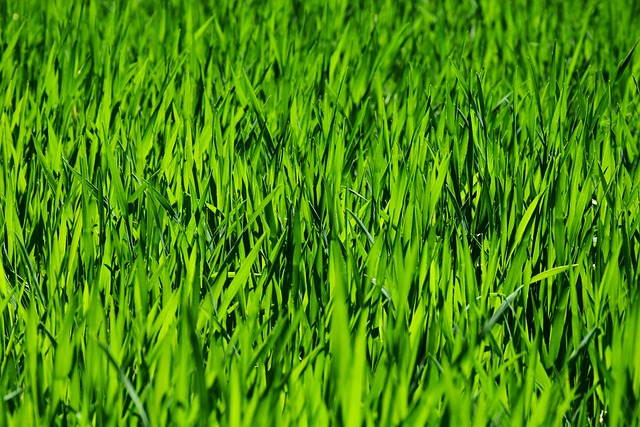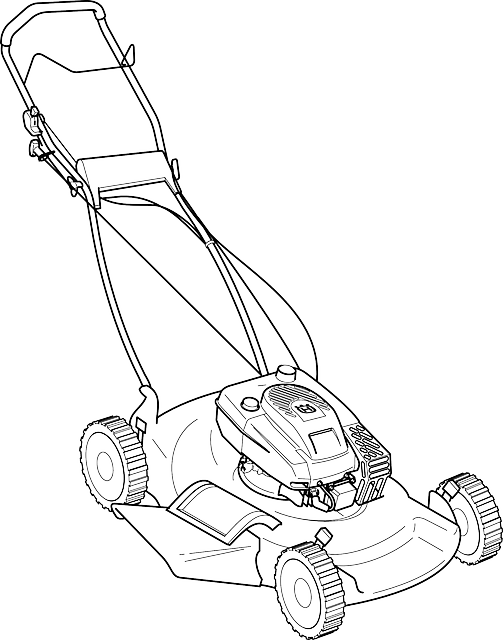Lawn care and landscaping thrive through balanced fertilization and strategic weed control. Fertilizer provides essential nutrients for grass growth (nitrogen, phosphorus, potassium), best applied during the growing season. Effective weed management prevents competition for resources, enhancing lawn health and aesthetics. Combining these holistic practices optimizes lawn care routines, resulting in vibrant, healthy grass and a stunning outdoor space.
Lawn fertilization and weed control are essential components of any comprehensive lawn care and landscaping strategy. Understanding the basics of nutrient application and implementing effective weed management techniques can transform your outdoor space into a lush, vibrant oasis. This article guides you through proven methods for optimal lawn care, offering insights on fertilizing with precision and tackling weeds head-on. Discover how integrating these practices can enhance your yard’s health and beauty.
- Understanding Lawn Fertilization: The Basics of Nutrient Application
- Effective Weed Control Strategies for a Healthy Lawn
- Integrating Fertilization and Weed Control for Optimal Lawn Care and Landscaping
Understanding Lawn Fertilization: The Basics of Nutrient Application

Lawn fertilization is a critical component of effective lawn care and landscaping. Understanding the basics of nutrient application is key to achieving a lush, healthy green lawn. Fertilizer works by providing essential nutrients like nitrogen, phosphorus, and potassium, which are vital for grass growth and overall lawn health. These nutrients promote robust root development, enhance foliage color, and encourage thicker turf.
When applying fertilizer, it’s crucial to consider factors like lawn type, climate, and time of year. Different grasses have varying nutrient requirements, so understanding your specific lawn care needs is essential. Proper timing is also critical; applying fertilizer during the growing season ensures maximum absorption and minimal waste. Lawn care professionals often recommend a balanced approach, using fertilizers with equal parts nitrogen, phosphorus, and potassium to support overall grass health and prevent excessive growth of weeds or other plants.
Effective Weed Control Strategies for a Healthy Lawn

Maintaining a lush, green lawn free from weeds is an essential part of professional lawn care and landscaping. There are several effective strategies to achieve this goal. One of the most common methods is manual removal, which involves regularly inspecting your lawn and pulling or digging out weeds by hand. This approach is particularly useful for smaller areas and allows you to target specific weed types. Additionally, using a string trimmer around the edges of your lawn can prevent weeds from taking root along fences, walls, and other structures.
For larger areas or more persistent weed problems, chemical control may be necessary. Selective herbicides are designed to target specific types of weeds while minimizing damage to your lawn grass. These should be applied carefully and according to manufacturer instructions. Another chemical option is pre-emergent herbicides, which prevent weed seeds from germinating. This strategy is especially useful for controlling annual weeds before they even start growing. Combining these chemical treatments with regular mowing and proper watering practices can significantly enhance the overall health and appearance of your lawn, ensuring a beautiful landscape that requires minimal upkeep.
Integrating Fertilization and Weed Control for Optimal Lawn Care and Landscaping

In the realm of lawn care and landscaping, a holistic approach that integrates fertilization and weed control is essential for achieving lush, healthy grass and an aesthetically pleasing outdoor space. Fertilization plays a crucial role in providing essential nutrients to the lawn, promoting growth, and enhancing its overall resilience. However, without proper weed control, these efforts can be undermined as weeds compete with the grass for resources, leading to an uneven, unkempt appearance.
By combining these two practices synergistically, homeowners and landscape professionals can optimize their lawn care routines. Strategic fertilization schedules, tailored to the specific needs of different grass types, ensure that the lawn receives the necessary nutrients for robust growth. Concurrently, effective weed control methods, ranging from manual removal to targeted herbicides, prevent unwanted vegetation from encroaching on the desired turf areas. This integrated approach not only maintains a manicured look but also fosters a thriving and sustainable lawn ecosystem.
In conclusion, mastering lawn fertilization and weed control is essential for achieving optimal Lawn Care and Landscaping results. By understanding the fundamentals of nutrient application and implementing effective weed management strategies, homeowners can transform their outdoor spaces into lush, healthy oases. Integrating these practices ensures a vibrant, maintained lawn that enhances any landscape design.



